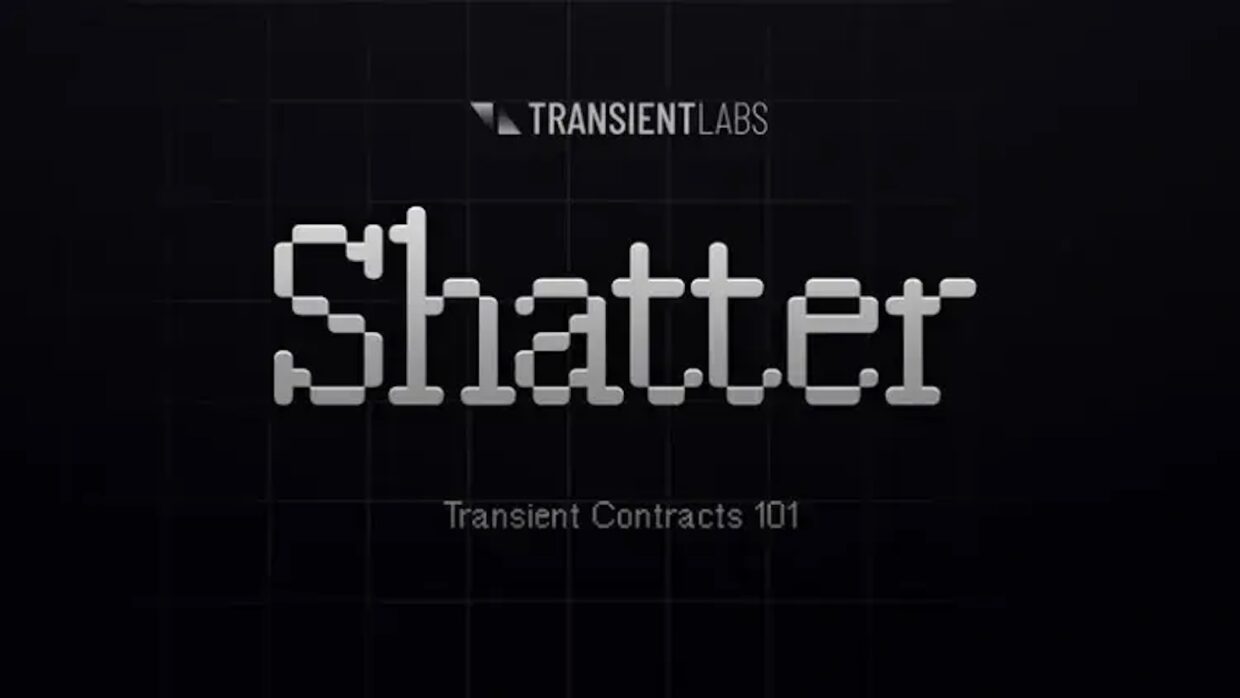|
Getting your Trinity Audio player ready...
|
In an art world increasingly mediated by algorithms and digital ledgers, Transient Labs’ new Shatter Contract is either a revolutionary path forward or a complex enigma, depending on one’s vantage point. This technological innovation aims to redefine the interaction between artists and collectors in the NFT market, offering a new layer of flexibility and engagement. Yet, it arrives at a moment when the NFT market itself is under scrutiny, clouded by skepticism and a notable downturn.
The Shatter Contract allows artists to mint unique one-of-a-kind pieces, known as 1/1s. Collectors, in turn, have the option to either maintain these pieces as singular entities or shatter them into multiple editions. This shift in creative control from artist to collector is a novel development in the NFT arena, offering unprecedented flexibility and engagement.
However, the NFT market is not without its challenges. A recent article in The Conversation suggests that the NFT bubble may have burst, with trading volumes collapsing and prices of popular NFTs like Bored Apes and CryptoPunks falling dramatically. The article attributes this downturn to a range of factors, including the lifting of COVID-19 lockdowns, higher interest rates, and the collapse of cryptocurrency prices.
Amid this challenging backdrop, some companies are restructuring to adapt to market conditions. Yuga Labs, a leading NFT developer, has implemented a strategic shift that involves prioritizing partnerships and community development. Daniel Alegre, CEO of Yuga Labs, has identified three core priorities: supporting existing communities, focusing on key projects like Bored Apes, and leveraging partnerships for seamless execution.
The Shatter Contract by Transient Labs stands as a significant advancement in this context. It introduces a new level of liquidity and interaction that was previously absent from the NFT market. Collectors can opt to diversify a piece into multiple editions, each with its own market value, or keep it as a singular work of art. Each decision creates a unique narrative of value and interaction, transforming every NFT from a mere visual object into an interactive experience.
Moreover, Transient Labs has optimized the Shatter Contract to reduce Ethereum gas costs by approximately 50%, ensuring that the focus remains on the art and the unique interactions it fosters, rather than the technicalities of blockchain transactions.
As the NFT market navigates through a period of uncertainty and skepticism, innovations like the Shatter Contract offer a glimpse into what the future could hold. While the market faces questions about its long-term sustainability, technological advancements and strategic shifts by companies like Transient Labs and Yuga Labs suggest that the NFT space is far from a speculative bubble ready to burst. Instead, it may be evolving into a more mature, nuanced market that offers both artists and collectors new avenues for expression and investment.
In this volatile landscape, the Shatter Contract serves as both an innovation and a challenge to the market, inviting us all to rethink how we engage with digital assets in the era of Web3. Whether it will be enough to counter the market’s downturn remains to be seen, but it certainly adds a new layer of complexity and potential to the NFT conversation.



